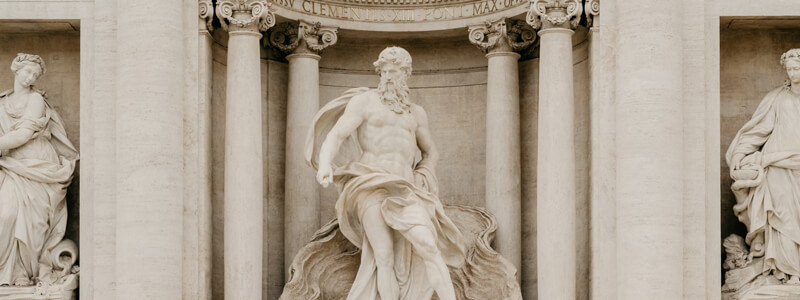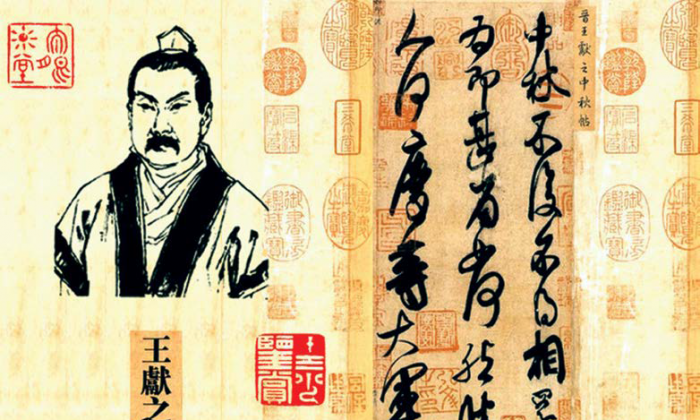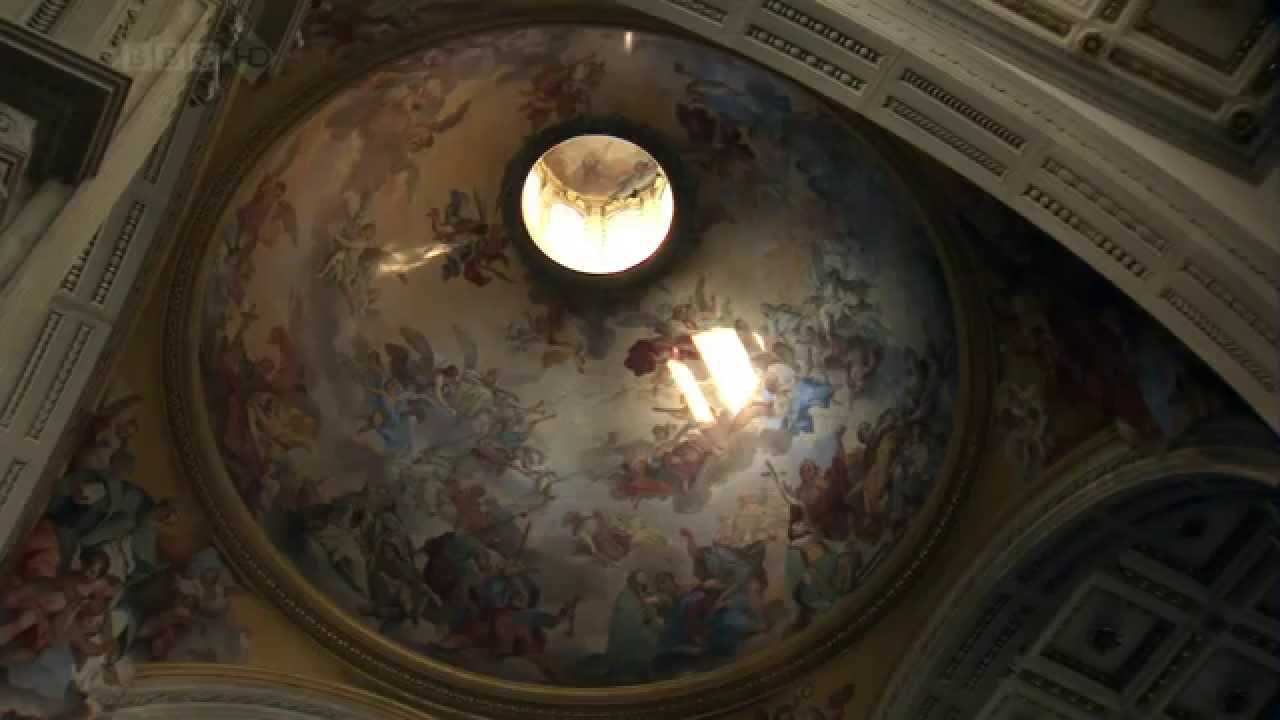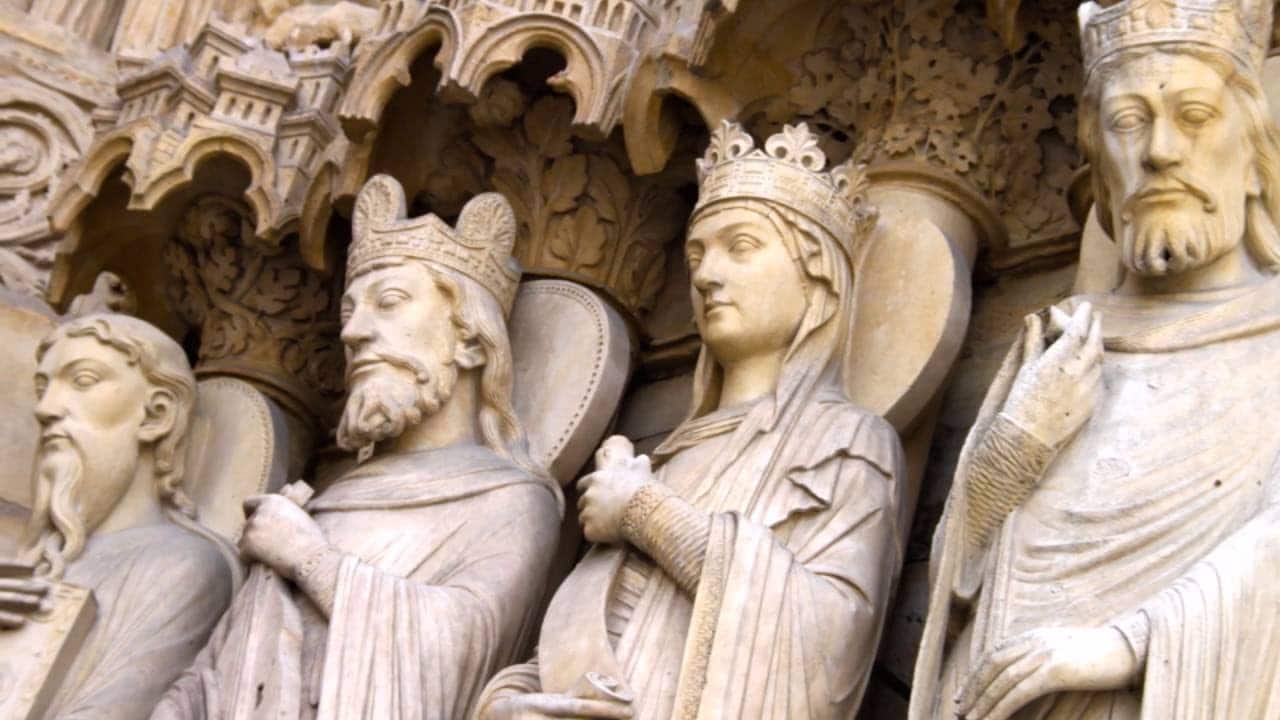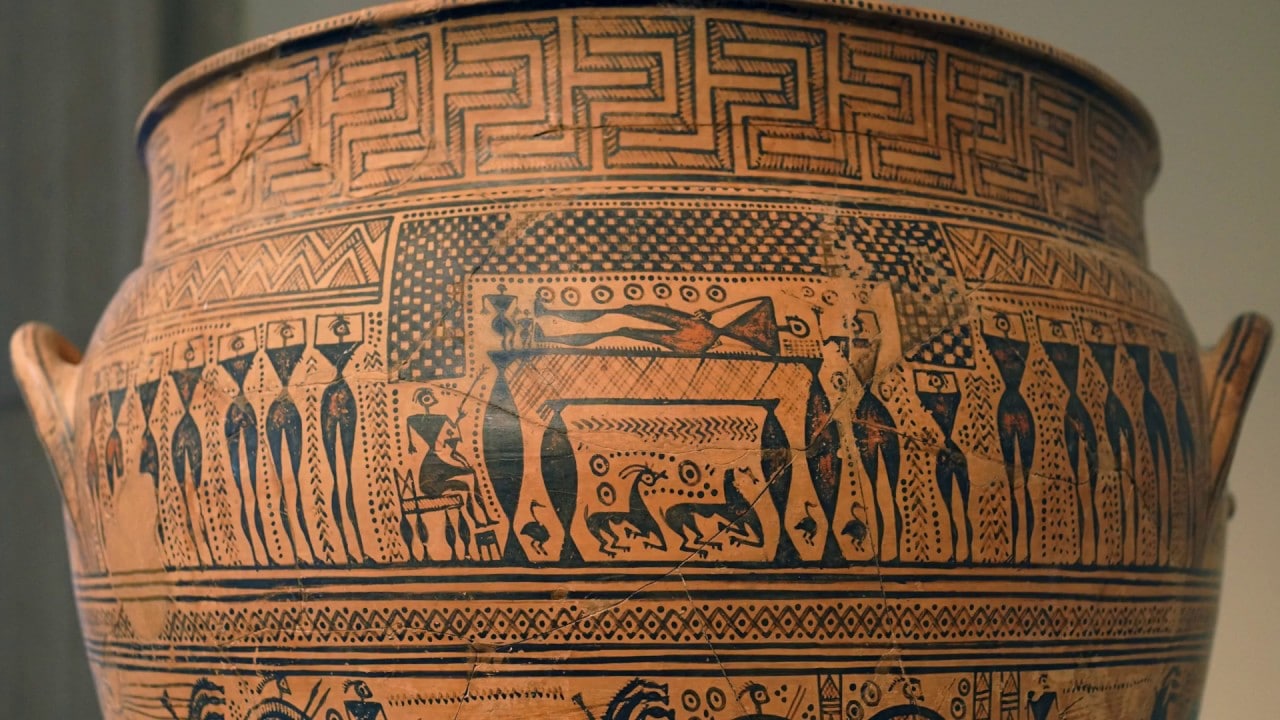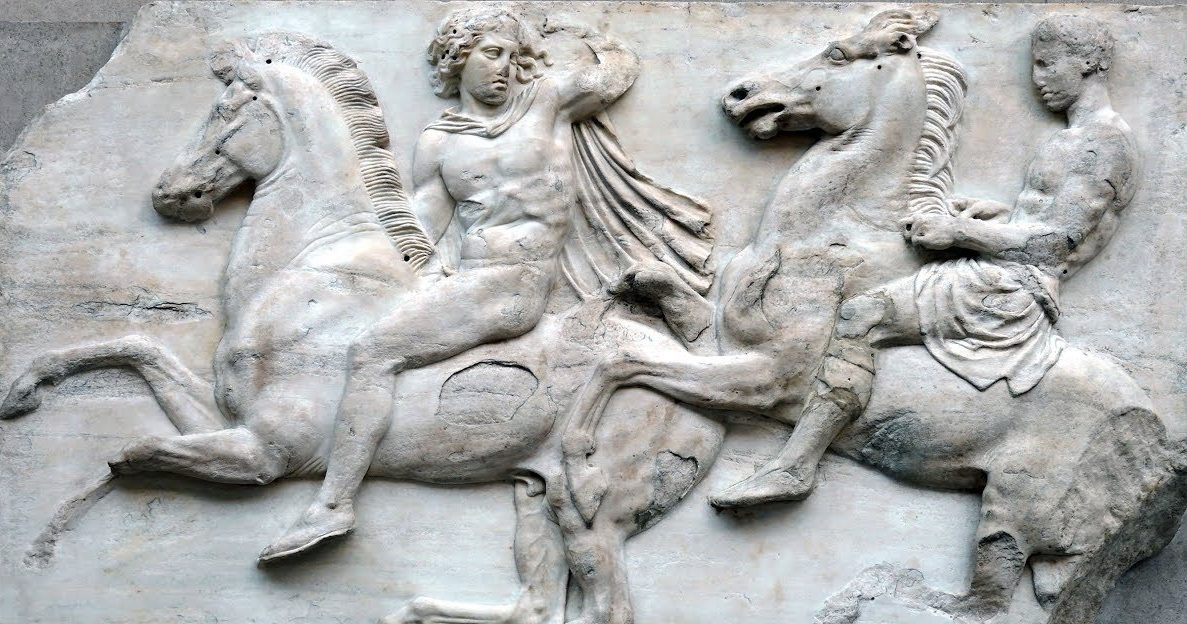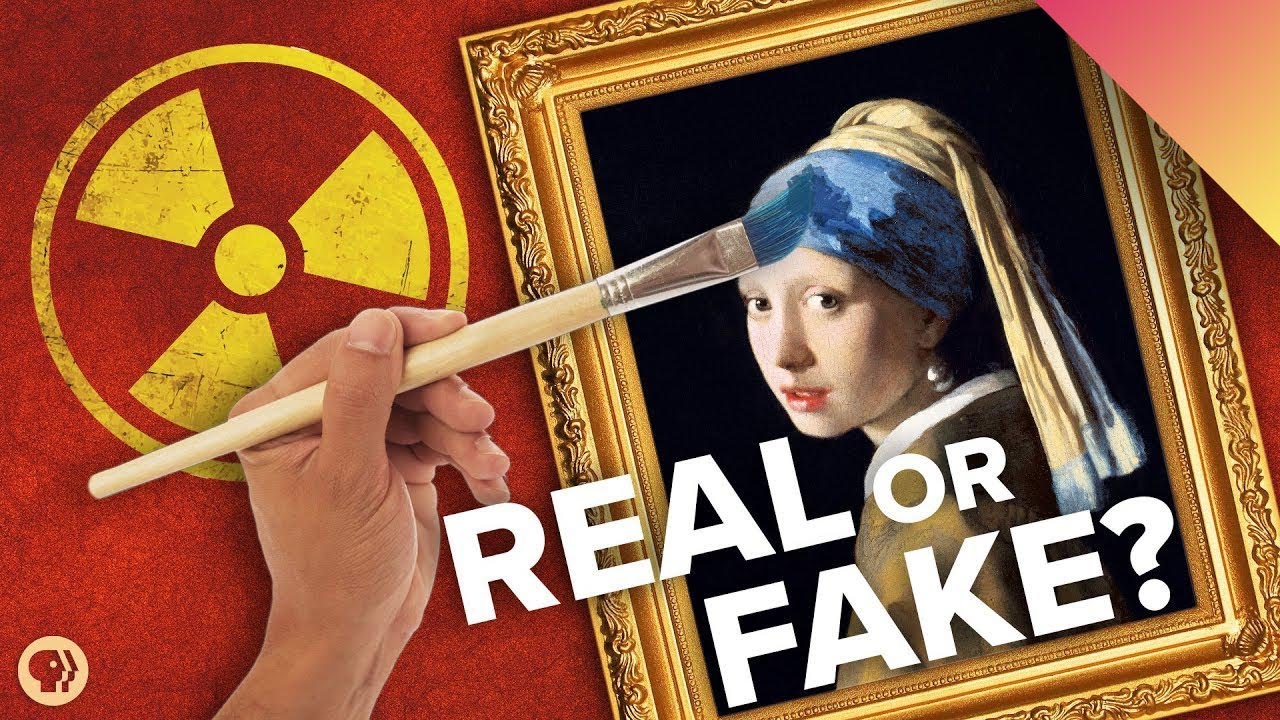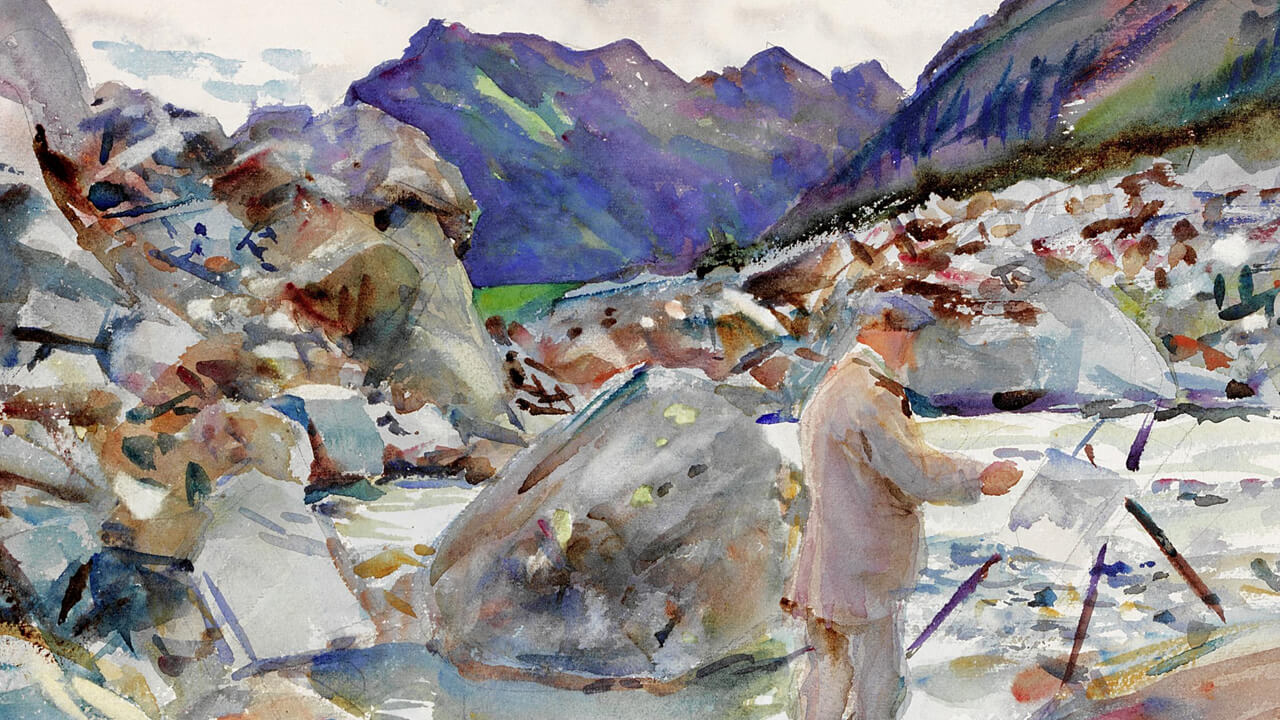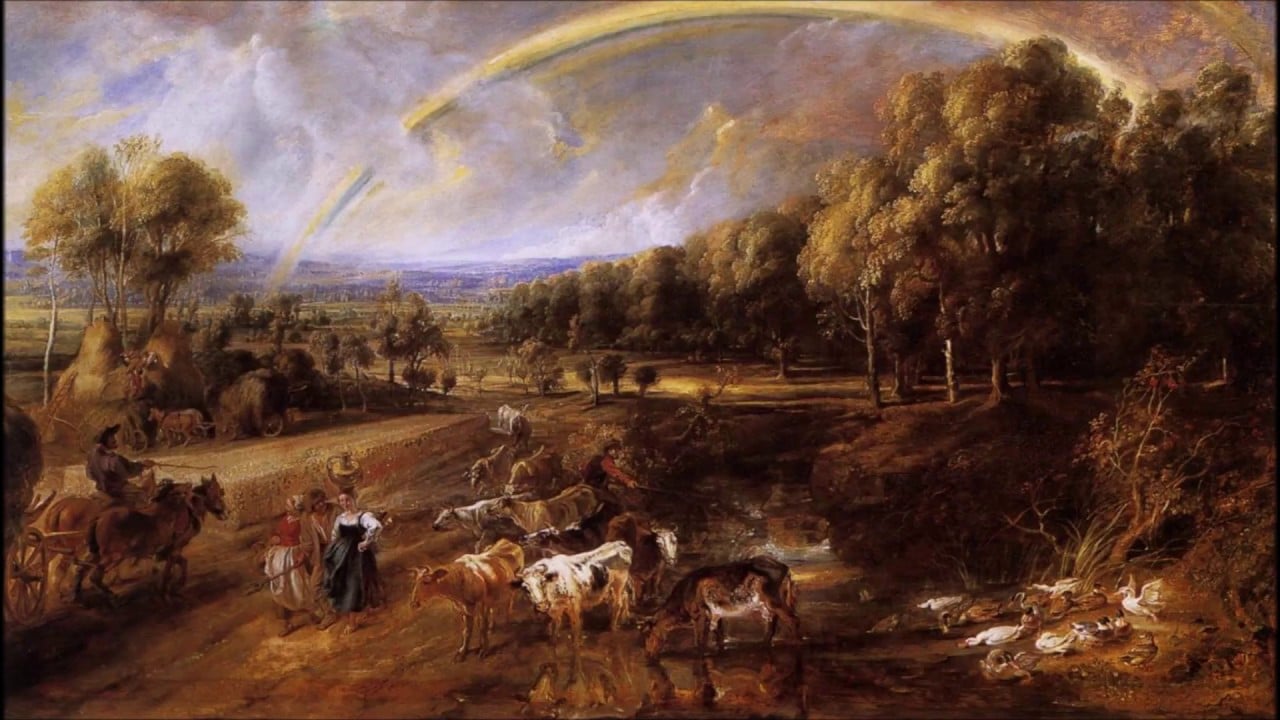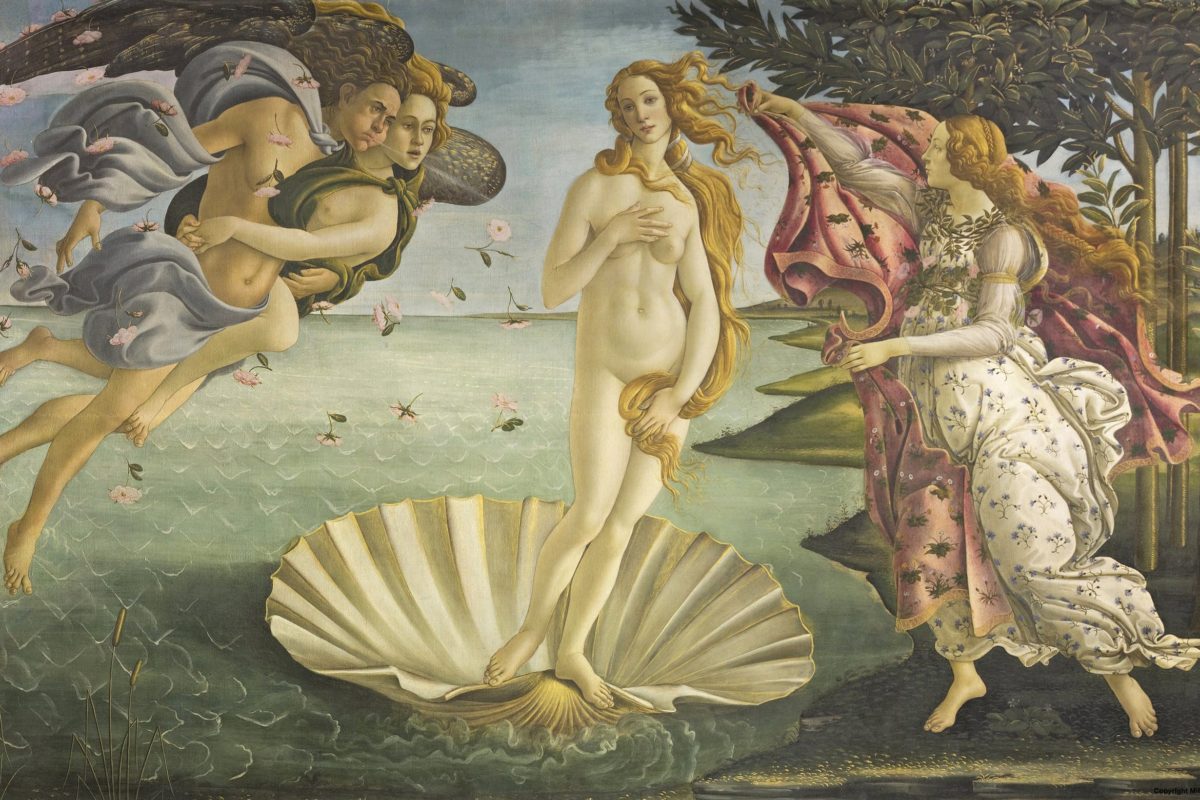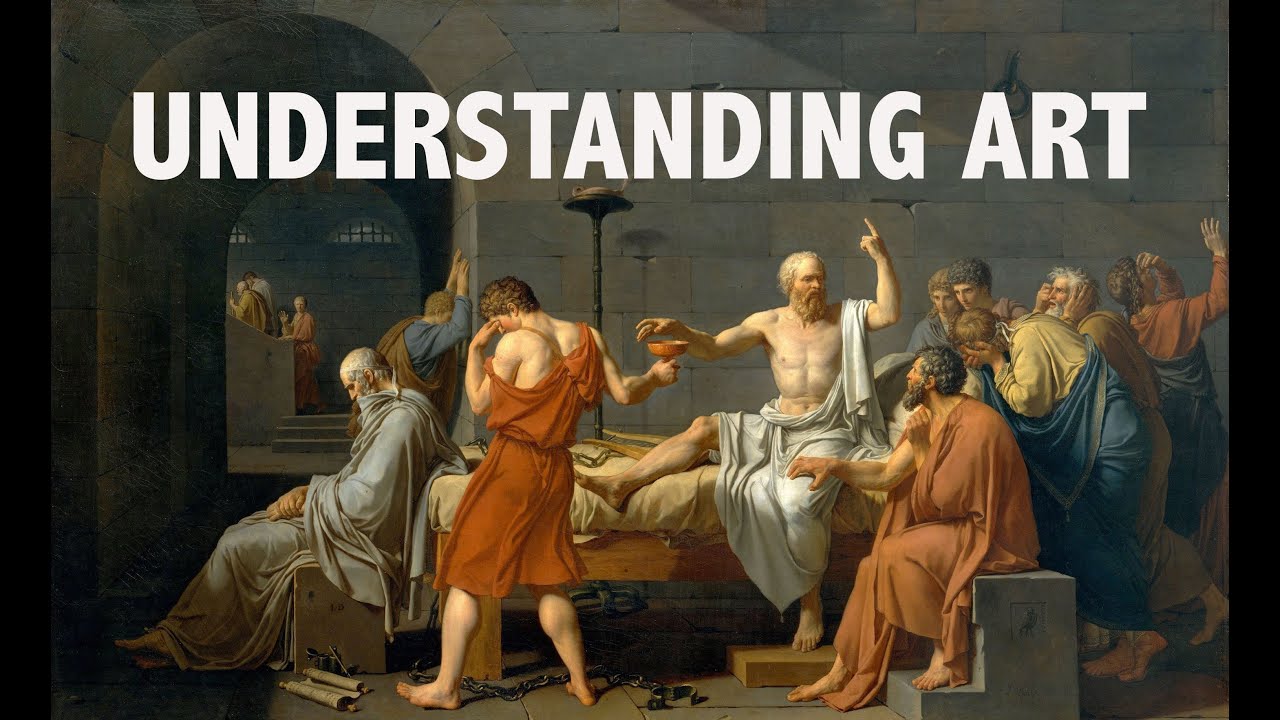Painting, graphic art, and sculpture produced in an area similar in size to that of modern Belgium and Luxembourg, formerly known as the Southern Netherlands. Flemish art assumed a major role in the history of European art during the 15th, 16th, and 17th centuries. The largest county in the Southern Netherlands was Flanders and the term Flanders may be used to refer to the whole of the Southern Netherlands, just as Holland has often given its name to the whole of the Northern Netherlands.
Art History Resources
If you love art and want to learn more about the amazing stories behind famous paintings and sculptures from around the world, you’re in for a treat! The internet is like a giant treasure chest full of cool art history stuff. It’s got everything from virtual tours of big museums where you can see famous …
